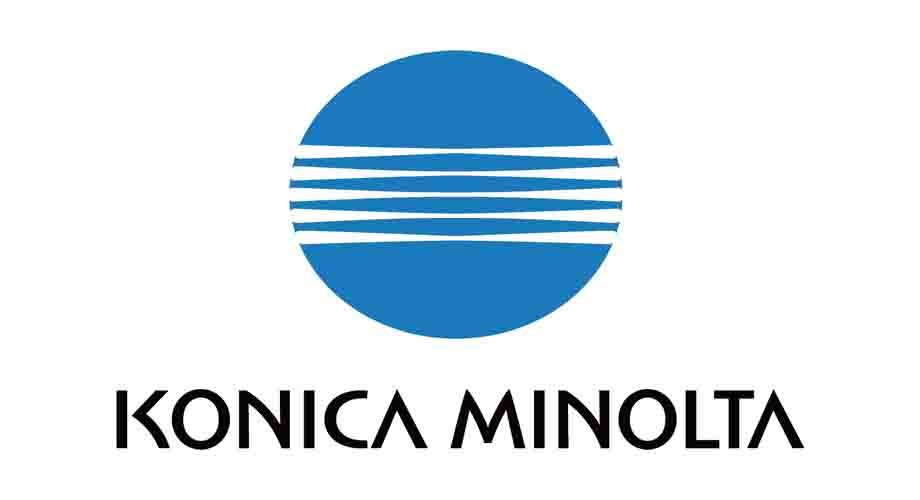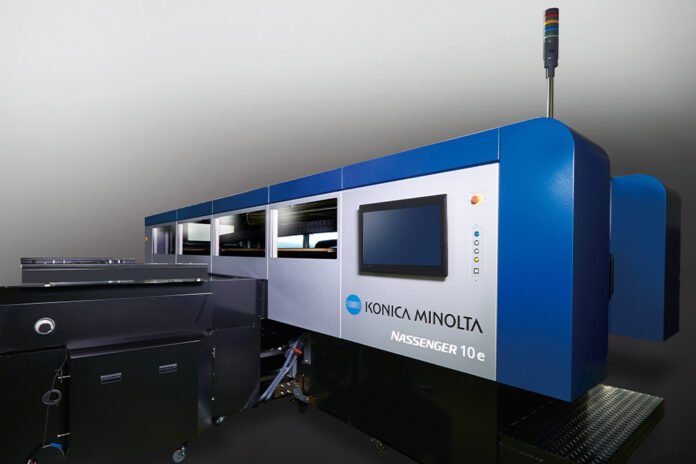 Japanese technology provider Konica Minolta has been included in 2023’s list of the World’s Top 100 Most Sustainable Corporations, from the Canada-based Corporate Knights. The company has also received a Gold-level recognition medal in this year’s EcoVadis Sustainability Ratings, and the 2023 Sustainable Yearbook by global market intelligence provider S&P Global listed Konica Minolta in the top 5% of the most sustainable companies in its industry.
Japanese technology provider Konica Minolta has been included in 2023’s list of the World’s Top 100 Most Sustainable Corporations, from the Canada-based Corporate Knights. The company has also received a Gold-level recognition medal in this year’s EcoVadis Sustainability Ratings, and the 2023 Sustainable Yearbook by global market intelligence provider S&P Global listed Konica Minolta in the top 5% of the most sustainable companies in its industry.
The company’s ITMA 2023 exhibit will centre around eco-friendlier manufacturing as a result of those achievements. The company is showcasing its new AccurioTex700 solution. The sublimation printer reduces the amount of water and energy consumed in the digital textile printing process.
Mattia Perri, inkjet textile sales manager, Konica Minolta, said: “It is the 13th consecutive year Konica Minolta has been named in the sustainability yearbook, which demonstrates our commitment to the environment.”
Many ITMA 2023 visitors are searching for solutions that streamline productivity, reduce lead times and cut costs. To service this requirement, Konica Minolta is also presenting the Nassenger 8 equipped with its in-line pretreatment technology for direct-to-fabric printing. The equipment minimises maintenance requirements which, the company said, reduces ink and fabric waste. Perri added: “The entire textile industry is moving towards technologies that are as sustainable as possible. In order to facilitate this revolution, the tools used must be adequate. It is essential to have products that can safeguard the environment, but at the same time avoid lowering the quality standards of the production chain. “We prioritised modularity when developing our technologies to respond to various needs. This enabled us to cater to all print volumes from small start-ups to more structured, industrial-grade operations.”
The digital textile printing industry was once praised for being more sustainable than traditional analogue processes. But, since inkjet textile printing technology became commercially available two decades ago, some critics argue the sector has not done enough to reduce its environmental footprint.



